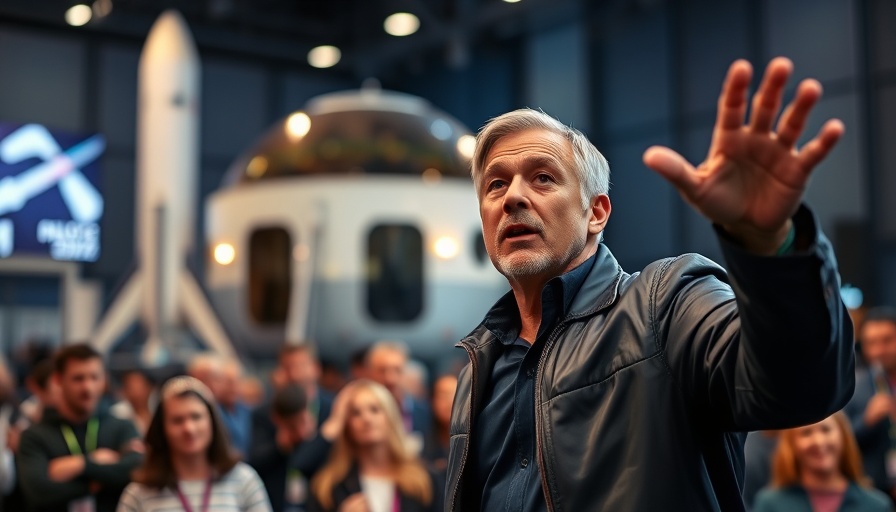
Elon Musk and Donald Trump: A Tumultuous Relationship
In the world of space exploration, few relationships are as complicated as that of Elon Musk of SpaceX and former President Donald Trump. Once allies in the race to push boundaries in aerospace, their recent feud threatens to destabilize vital operations within NASA. Musk has lambasted Trump's proposed budget, while the former President has not shied away from suggesting that SpaceX's government contracts should be revoked. Such a move could reshape the landscape of American space exploration.
NASA's Heavy Dependence on SpaceX
More than ever, NASA hinges on SpaceX for its missions to the International Space Station (ISS). Recent data indicates that over 50% of the agency's missions last year relied on SpaceX's rockets. This dependency raises significant concerns should the feud escalate. Companies like Rocket Lab, though valuable, cannot fully meet NASA's needs with their current offerings. For instance, Rocket Lab's Electron rocket specializes in smaller satellite missions and is far behind SpaceX in deploying larger spacecraft.
The Risks of Decommissioning SpaceX Contracts
What would happen if Trump's threats to revoke SpaceX contracts materialize? Musk indicated that SpaceX might begin decommissioning its Dragon spacecraft, a vital component for crew transport to the ISS. Without the capability that SpaceX currently provides, NASA could face renewed reliance on the Russian space program, which adds layers of complexity and potential geopolitical friction. This scenario raises alarms about not just technical hurdles but broader implications affecting U.S. space supremacy.
Future of Space Collaboration
Given SpaceX's current standing and technological capabilities, any significant disruption could have long-lasting implications for both NASA and the larger aerospace industry. As the field continues to develop, returning to a reliance on less-developed companies would thwart progress. A healthy collaboration between governmental agencies and private companies like SpaceX is crucial for enduring advancements in space exploration.
Conclusion: The Importance of Strategic Partnerships
As political tensions simmer, the need for strong, strategic partnerships in the aerospace sector becomes increasingly evident. NASA’s clarity on its priorities and the potential ramifications of losing partnerships with companies like SpaceX must not be underestimated. These are not only matters of technological proficiency; they embody the complex intersection of politics and innovation that shapes America’s future in space exploration.
 Add Row
Add Row  Add
Add 




Write A Comment